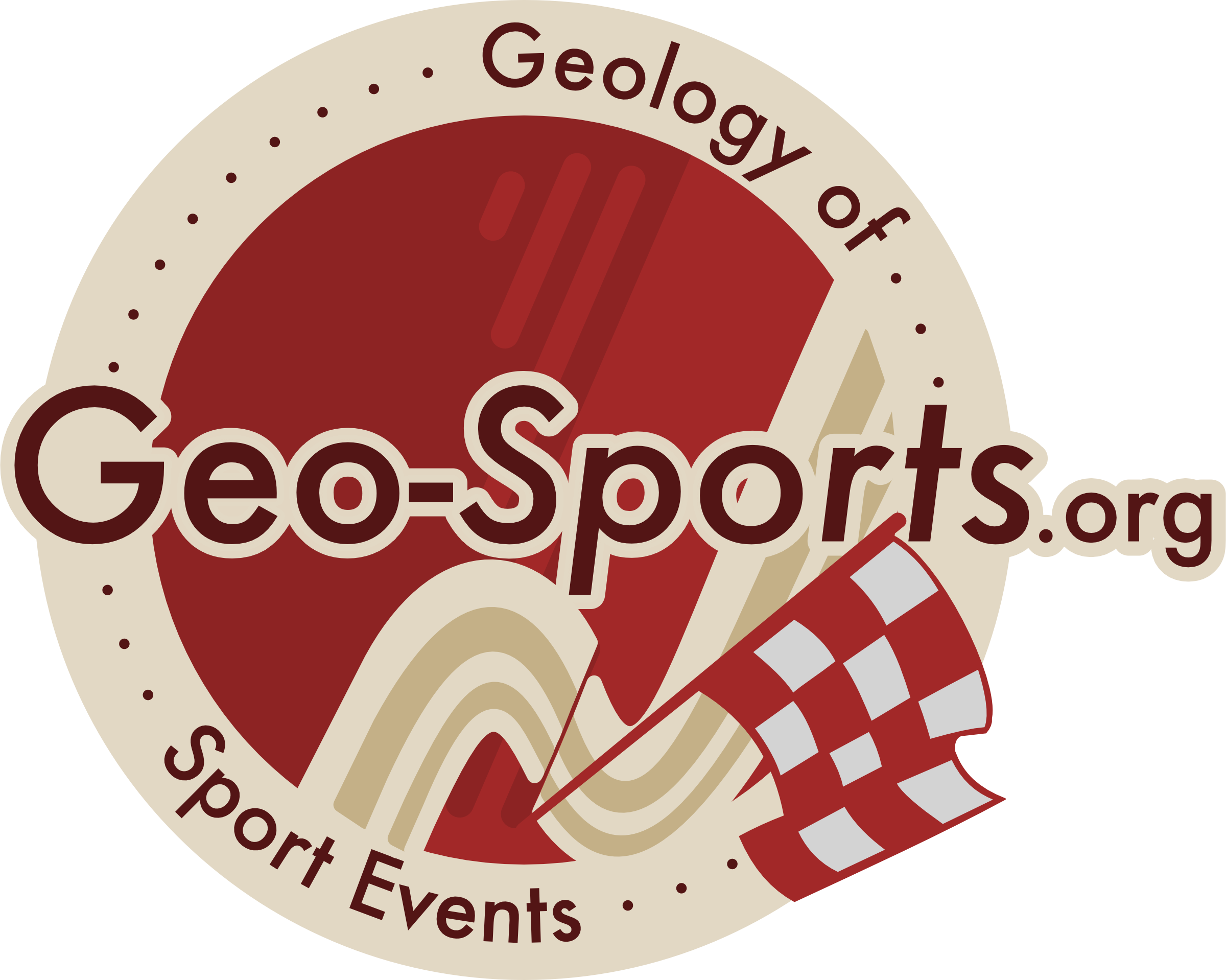Stage three gives us a geological treasure trove at Zumaia with giant clams telling time. On the final day in the Basque Country the peloton first travels north and then east along the Basque coastline. However, they won’t be enjoying a leisurely day at the beach resting in the sand while sipping on lemonade, even if they had the time. The coastline here is characterised by jagged rock cliffs that rise from the Bay of Biscay without leaving much room for sandy beaches, or leisurely bike rides for that matter. The most spectacular part of stage three consists of a thirteen-kilometre-long seaside section that traverses the Basque Coast Geopark. It’s a beautiful area that includes forests, meadows, and villages and is recognised by UNESCO as a geological treasure trove. In the layers of sedimentation we see history happen right in front of us.
Cake anyone?
At the seaside town of Zumaia there’s a spot where the grassy land suddenly drops down to the coast. It reveals a cliff face that reminds us that geologic beds are very much like a layer cake. If you look closely, you’ll see that the cliff is made up of different types of rock. Some are hard and resist erosion while others are softer and more weathered. These rocks were formed over 66 million years ago at the bottom of a calm sea. It was at a time when dinosaurs were still around.
The layers also contain fossils of sea creatures like sea urchins which are similar to the living ones you might find on the nearby rocky beaches. Or you find them on your plate in one of the many seafood restaurants. A trained eye might also notice spiral-shaped burrows in the rocks which record the movements of long-gone creatures. They tunnelled through the sea floor looking for food. The horizontal seabed was later tilted and turned vertical when Spain collided with Europe (see also stage 1).

Giant clams tell time
You will also find many giant fossilised bivalve clams in the rocks at the Zumaia treasure trove. The name bivalve refers to the two valves that make up this shell, joined by a ligament. There are two types of shells that are particularly common in Zumaia. One type is small and grey and quite similar to oyster shells. These bivalves probably lived on the rocks and filtered food from the seawater. The other type is more eye-catching. They are large, thick, and yellowish-brown rectangular shell fragments that can be found scattered throughout the rock layers.
These belonged to huge clams called inoceramids which were the largest bivalves ever to have lived. When they were alive they grew for hundreds of years and could be up to two metres long! Because of their size, it was probably hard for the inoceramids to avoid being buried by sediment over their lifetimes. After all, they were not mobile. Not great for them because sedimentation means they would be buried and eventually die when covered with mud or sand. So, inoceramids reveal that where we find them, there wasn’t a lot of sediment around in the Cretaceous.
This kind of information on sedimentation rate is important, because sedimentation rate is our geologic time keeper. The geologic layers serve as our time machine into the Cretaceous. To interpret the layers correctly we need to know how fast the time machine has been ticking. That’s where our clams come into play. They tell us where sedimentation rate took place at the pace of a rusty city bike instead of a fast carbon race bike.

How the solar system is reflected in the layers at Zumaia
More proof that there wasn’t a lot of sedimentation in the Cretaceous can be found in the -believe it or not- astronomical fluctuations in our solar system. Long-distance Tour de France helicopter shots of the layered limestones will reveal the rhythmic stacking pattern in the coastal cliffs. In 1941 Serbian astronomer Milutin Milanković discovered that the orientation of Earth’s axis and the shape of the Earth’s orbit relative to the Sun are constantly changing. They move in a rhythmical and predictable way causing variations in how the solar energy is distributed across the Earth’s latitudes.
Changes in the amount of solar energy strongly affected the biological activity in the shallow seas along the Basque coastline. Each layer of sediment in the limestone represents a shift from favourable to less favourable energetic conditions. Each alternation in the rock record, from hard to soft rock, corresponds to the precessional movement of the Earth’s axis.

Happy clam
Indeed, on timescales of several thousand years, the Earth behaves very much like a spinning top. Each revolution of Earth’s axis lasting for about 21,000 years. Several hard-soft alternations make up distinct groups that reflect higher-order patterns, with four or five hard-soft cycles layers clustered into a bigger bundle. This bundling corresponds to changes in the shape of the Earth’s orbit with a 100,000-year rhythmicity.
By studying the sediment layers, we can infer that the large inoceramid clams lived in an environment where only about 1 cm of sediment accumulated during their lifetime. That was not enough to bury them under the sand. Hence, they were very happy!
Clues in the treasure trove
While the riders cross the Basque Coast Geopark in just a handful of minutes, the rocks along the coastline tell a story that spans millions of years. And while speeding through geologic time, the most attentive cyclist could notice that the inoceramids, our giant clams in the Zumaia treasure trove, gradually become smaller and less abundant. As the peloton approaches the Algorri Cove, they might notice a thin but conspicuous dark clay layer that marks a pivotal moment in Earth’s history.

This layer captures the transition from the Mesozoic era to the current Cenozoic era that occurred 66 million years ago. It was during this transition that many prominent groups of organisms, including the iconic dinosaurs, were wiped out by an asteroid impact. Interestingly though, the inoceramids had already disappeared from the rock record before this catastrophic event took place. It is believed that changing ocean currents may have played a role in their demise.
Luckily for us other clams, mussels and delicious seafood survives in the seas off the coast of the Basque Country , albeit in a much smaller form. Though the riders usually avoid seafood during a Grand Tour, the fans, journalists and Tour de France staff will probably enjoy some nice meals at the Basque seaside.
Douwe van Hinsbergen explains onsite in Zumaia what we see there.








